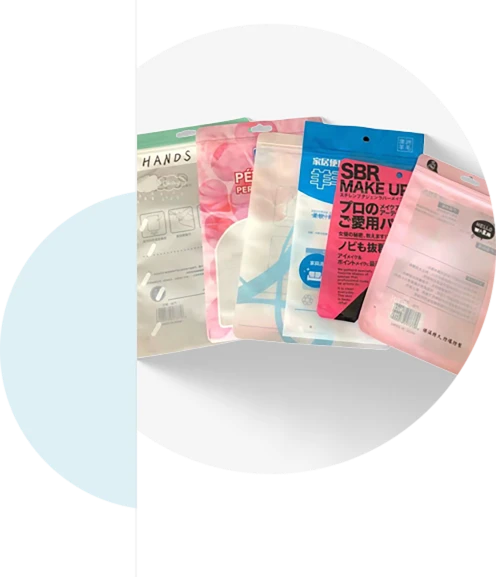- Afrikaans
- Albanian
- Amharic
- Arabic
- Armenian
- Azerbaijani
- Basque
- Belarusian
- Bengali
- Bosnian
- Bulgarian
- Catalan
- Cebuano
- chinese_simplified
- chinese_traditional
- Corsican
- Croatian
- Czech
- Danish
- Dutch
- English
- Esperanto
- Estonian
- Finnish
- French
- Frisian
- Galician
- Georgian
- German
- Greek
- Gujarati
- haitian_creole
- hausa
- hawaiian
- Hebrew
- Hindi
- Miao
- Hungarian
- Icelandic
- igbo
- Indonesian
- irish
- Italian
- Japanese
- Javanese
- Kannada
- kazakh
- Khmer
- Rwandese
- Korean
- Kurdish
- Kyrgyz
- Lao
- Latin
- Latvian
- Lithuanian
- Luxembourgish
- Macedonian
- Malgashi
- Malay
- Malayalam
- Maltese
- Maori
- Marathi
- Mongolian
- Myanmar
- Nepali
- Norwegian
- Norwegian
- Occitan
- Pashto
- Persian
- Polish
- Portuguese
- Punjabi
- Romanian
- Russian
- Samoan
- scottish-gaelic
- Serbian
- Sesotho
- Shona
- Sindhi
- Sinhala
- Slovak
- Slovenian
- Somali
- Spanish
- Sundanese
- Swahili
- Swedish
- Tagalog
- Tajik
- Tamil
- Tatar
- Telugu
- Thai
- Turkish
- Turkmen
- Ukrainian
- Urdu
- Uighur
- Uzbek
- Vietnamese
- Welsh
- Bantu
- Yiddish
- Yoruba
- Zulu
how to get your products in stores
How to Get Your Products in Stores
Getting your products into retail stores can significantly boost your business visibility and sales. However, navigating the complexities of retail distribution may seem daunting. Here’s a comprehensive guide to help you effectively approach the process.
1. Understand Your Target Market
Before approaching stores, it's crucial to understand your target market. Who are your potential customers? What are their shopping habits, preferences, and demographics? Conduct thorough market research to identify the ideal retail environment for your products. This knowledge will not only help in selecting the right stores but will also aid in presenting your product in a way that appeals to both retailers and consumers.
2. Create an Impressive Product Presentation
Retailers often receive numerous product pitches, so ensuring that yours stands out is vital. Develop a compelling product presentation or pitch that highlights what makes your product unique, its benefits, and how it fits within their existing offerings. Include details like product specifications, pricing, sourcing, and potential profits for the retailer. High-quality images and samples can significantly enhance your presentation, allowing retailers to see and experience your product firsthand.
3. Identify the Right Retailers
Not all retailers will be a suitable fit for your product. Research and identify those that align with your brand values, target customers, and product type. Consider factors like store size, location, clientele, and specialty. Local independent stores can be a great starting point, while larger chains may require more rigorous approaches.
4. Networking and Relationship Building
Building relationships within the retail industry can be incredibly beneficial. Attend trade shows, industry events, and networking gatherings to meet retailers and other brand owners. Building rapport can make a significant difference when seeking shelf space for your products. Don't underestimate the power of personal connections; many successful partnerships begin with a simple introduction.
how to get your products in stores

5. Develop a Competitive Pricing Strategy
Pricing is a crucial factor in retail. Ensure your pricing is competitive yet allows for a reasonable profit margin for both you and the retailer. Research similar products and determine the market rate. Additionally, be prepared to discuss wholesale prices, retail margins, and possible discounts or promotions to entice retailers to carry your products.
6. Prepare for the Pitch
Once you have your target list and materials ready, prepare for the retail pitch. Set up meetings or attend buying sessions where you can present your products. During the pitch, be enthusiastic and confident. Be ready to answer questions and provide additional information about your product, production capabilities, and marketing efforts.
7. Follow Up
After your pitch, don’t forget to follow up. A polite email or a phone call thanking them for their time and reiterating your interest can leave a positive impression. If they express interest, be ready to negotiate terms or provide additional documentation as required.
8. Logistics and Distribution
If your product is accepted, you’ll need to arrange distribution logistics effectively. Ensure you can meet demand without failure. Establishing a reliable supply chain is key to fulfilling retailer orders and maintaining a good relationship with your retailer partners.
Conclusion
Getting your products into stores requires effort, resilience, and strategic planning. By understanding your market, presenting your product effectively, networking, pricing competitively, and being prepared for negotiations, you can increase your chances of success. Remember, persistence pays off; even if you face rejection, keep refining your approach and exploring new opportunities. Your products deserve to be seen, so take action today!













